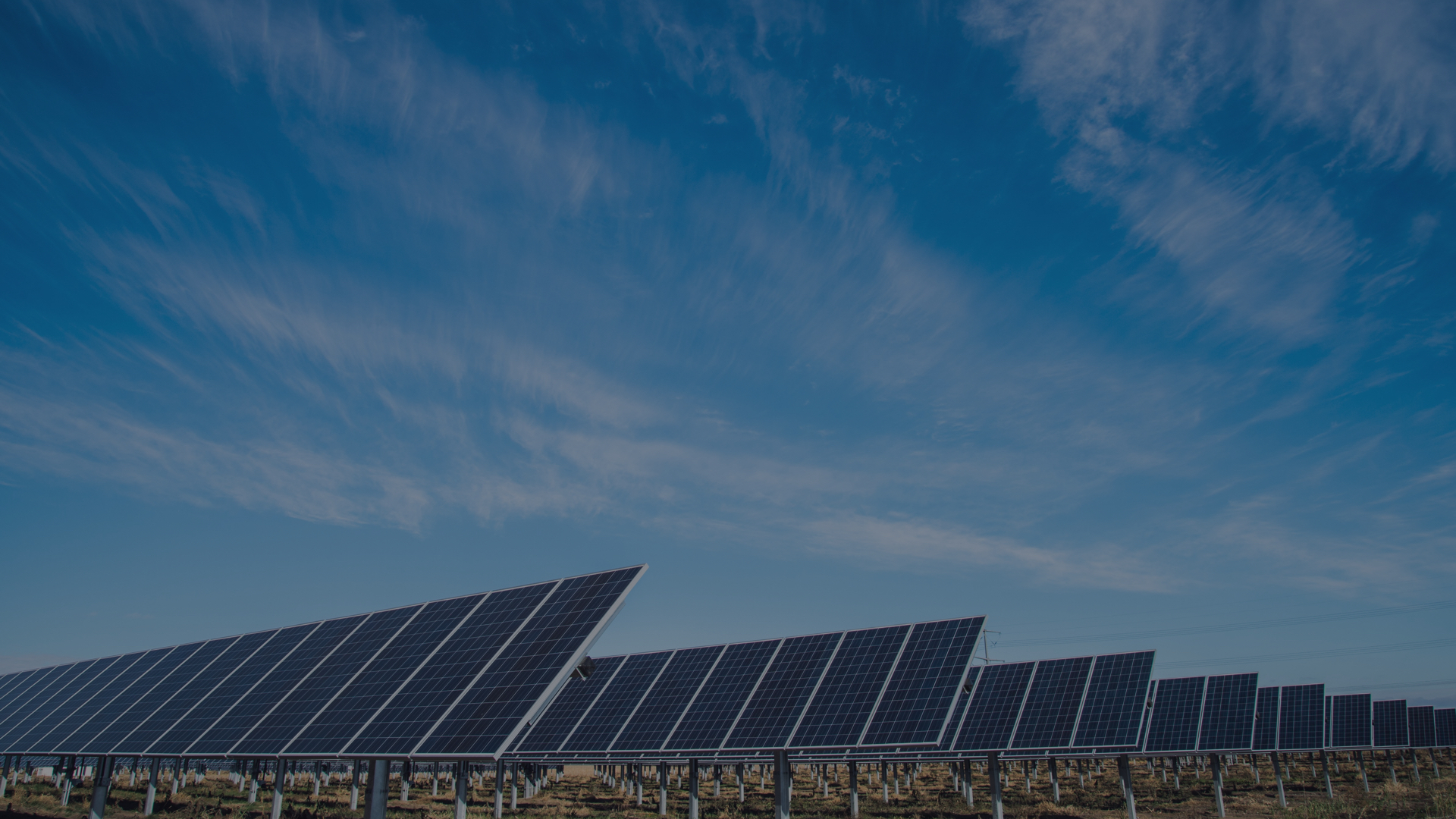Solar power is set for a boost with the help of a material that can soak up energy from almost all of the Sun’s spectrum. It should allow solar cells to jump in efficiency from today’s best of 30 per cent to 50 per cent or higher.
Solar cells use layers of semiconductors to absorb photons of sunlight and convert them into electric current. But each different semiconductor can only use photons at a specific energy – its “bandgap”.
Solar power is set for a boost with the help of a material
Today’s best cells have layers of two different semiconductors stacked together to absorb light at different energies but they still only manage to use 30 per cent of the Sun’s energy. Theorists have calculated which two bandgaps would give a maximum efficiency of 50 per cent, but until now they have not had the semiconductors to do the job.
Now Wladek Walukiewicz and his team at the Lawrence Berkeley National Laboratory in California have found a material that fits the bill – a semiconductor called indium gallium nitride (InGaN).
By varying the ratio of indium to gallium in different layers, they were able to tune InGaN’s bandgap to match the criteria exactly. And because the range of the bandgap matches the solar spectrum so perfectly, a cell could use multiple layers tuned to bandgaps across the range to squeeze out even more energy.
Riddled with defects
Walukiewicz and his colleagues outline their vision at the Materials Research Society meeting in Boston this week. They say all their studies of the material suggest it would be perfect for solar cells.
For example, InGaN compounds seem immune to the effects of fault lines that form when different semiconductors are grown in adjacent layers. These cracks cripple some semiconductors but blue lasers built from InGaN glow brightly even though they are riddled with defects. This resilience could prolong the life of solar cells in space, where fluctuating temperatures and cosmic rays damage solar panels on satellites.
There is one catch. Scientists had previously overlooked InGaN because its bandgap range was thought to be much smaller – data books quote the lower limit to be twice as high as Walukiewicz claims. The difference may be due to the purity of the semiconductor.
The samples Walukiewicz tested were made using a painstaking, and prohibitively expensive, method to grow very pure crystals of InGaN one atomic layer at a time. The team now hopes to collaborate with the National Renewable Energy Laboratory in Colorado to try to build cheap InGaN solar cells.
